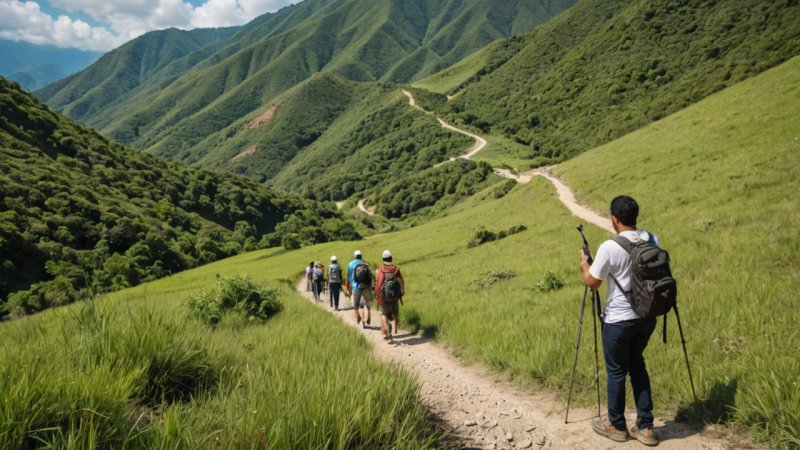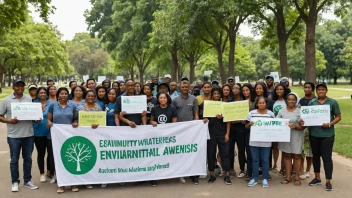Introduction
Eco-tourism is a sustainable approach to travel that emphasizes the conservation of natural resources, supports local communities, and educates travelers about the environment. In this article, you will learn how to effectively promote eco-tourism in your region by following a series of actionable steps. By fostering eco-friendly practices and showcasing the beauty of your area, you can attract more visitors while preserving the environment.
Step 1: Understand Your Region's Unique Ecosystem
Before promoting eco-tourism, it is essential to understand the unique characteristics of your region's ecosystem. This knowledge will help you identify the key attractions and conservation efforts to highlight.
- Research local flora and fauna: Familiarize yourself with the native species and habitats in your area.
- Identify conservation areas: Locate parks, reserves, or natural landmarks that are vital for biodiversity.
- Engage with local environmental organizations: Collaborate with groups that focus on conservation efforts to gain insights.
Step 2: Develop Eco-Friendly Activities
Creating eco-friendly activities is crucial for promoting eco-tourism. These activities should be engaging, informative, and beneficial to the environment.
- Organize nature walks: Plan guided tours that educate visitors about local ecosystems.
- Host workshops: Offer classes on sustainable practices such as gardening, recycling, or wildlife conservation.
- Encourage volunteer opportunities: Set up programs where tourists can participate in local conservation projects.
Step 3: Collaborate with Local Businesses
Partnering with local businesses can amplify your eco-tourism efforts. Together, you can create a sustainable tourism network that benefits everyone.
- Engage with hotels and restaurants: Promote eco-friendly accommodations and dining options that prioritize sustainability.
- Involve local artisans: Showcase local crafts and products that reflect the region's culture and sustainability.
- Develop package deals: Create eco-tourism packages that include activities, lodging, and meals at local businesses.
Step 4: Utilize Digital Marketing
Digital marketing plays a vital role in promoting eco-tourism. Use various online platforms to reach potential visitors effectively.
- Create a website: Develop a user-friendly website that provides information about eco-tourism activities, attractions, and local businesses.
- Leverage social media: Use platforms like Instagram, Facebook, and Twitter to share stunning visuals and stories about your region's environment.
- Write informative blogs: Regularly publish blog posts that educate readers about eco-tourism and the importance of sustainability.
Step 5: Engage the Community
Community involvement is crucial for the success of eco-tourism initiatives. Engaging locals ensures that they feel connected to the cause and helps preserve the environment.
- Organize community meetings: Host events to discuss eco-tourism ideas and gather feedback from local residents.
- Involve schools: Collaborate with educational institutions to incorporate eco-tourism themes into their curricula.
- Encourage local participation: Invite locals to share their stories and experiences related to the environment and tourism.
Step 6: Measure and Improve
Finally, it is essential to measure the impact of your eco-tourism initiatives and make improvements as necessary.
- Gather feedback: Collect opinions from visitors and locals to understand their experiences.
- Analyze data: Track visitor numbers, engagement levels, and environmental impacts to assess the effectiveness of your initiatives.
- Make adjustments: Use the feedback and data to refine your eco-tourism offerings and marketing strategies.
Conclusion
Promoting eco-tourism in your region is a multifaceted approach that requires understanding the local ecosystem, developing engaging activities, collaborating with businesses, utilizing digital marketing, engaging the community, and measuring results. By following these steps, you can create a sustainable tourism model that not only attracts visitors but also preserves the natural beauty of your area for future generations. Remember, every small action counts, and together, we can make a difference in promoting eco-friendly travel.






